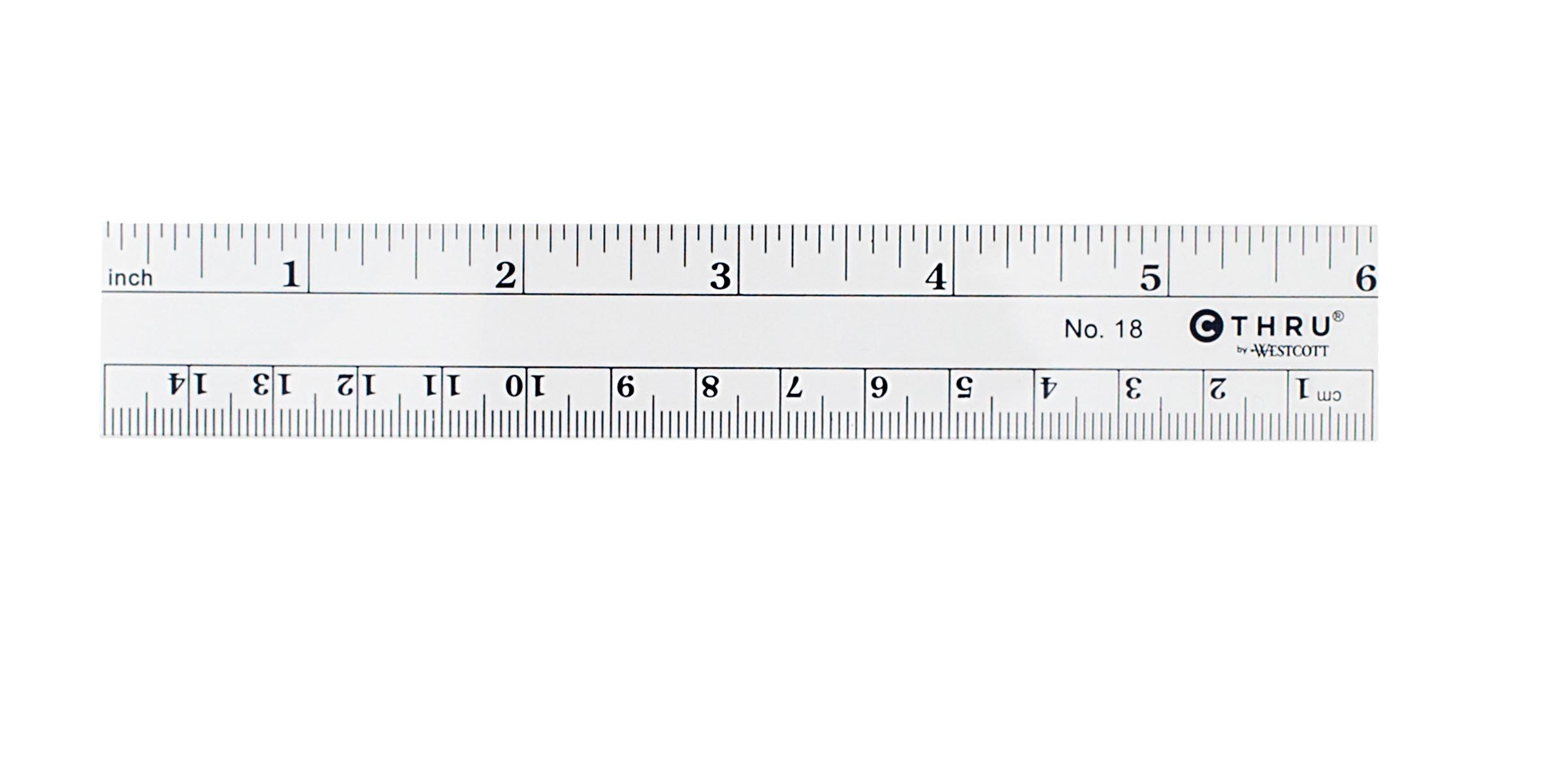

Genealogy of the mansas of the Mali Empire up to Magha II ( d. jeli), also known as griots, includes relatively little information about Musa compared to some other parts of the history of Mali. Oral tradition, as performed by the jeliw ( sg. Additional information comes from two 17th-century manuscripts written in Timbuktu, the Tarikh Ibn al-Mukhtar and the Tarikh al-Sudan. While in Cairo during his hajj, Musa befriended officials such as Ibn Amir Hajib, who learned about him and his country from him and later passed on that information to historians such as Al-Umari. Much of what is known about Musa comes from Arabic sources written after his hajj, especially the writings of Al-Umari and Ibn Khaldun. In the Songhai language, rulers of Mali such as Musa were known as the Mali-koi, koi being a title that conveyed authority over a region: in other words, the "ruler of Mali". Īl-Yafii gave Musa's name as Musa ibn Abi Bakr ibn Abi al-Aswad ( Arabic: موسى بن أبي بكر بن أبي الأسود, romanized: Mūsā ibn Abī Bakr ibn Abī al-Aswad), and Ibn Hajar gave Musa's name as Musa ibn Abi Bakr Salim al-Takruri. He is also called Hidji Mansa Musa in oral tradition in reference to his hajj. In Mandé tradition, it was common for one's name to be prefixed by their mother's name, so the name Kanku Musa means "Musa, son of Kanku", although it is unclear if the genealogy implied is literal.

In oral tradition and the Timbuktu Chronicles, Musa is known as Kanku Musa. It has also been translated as "conqueror" and "priest-king". Mansa, 'ruler' or 'king' in Mandé, was the title of the ruler of the Mali Empire. Mansa Musa's personal name was Musa ( Arabic: موسى, romanized: Mūsā), the Arabic form of Moses. Musa's reign is often regarded as the zenith of Mali's power and prestige. His reign is associated with numerous construction projects, including part of Djinguereber Mosque in Timbuktu. He recruited scholars from the wider Muslim world to travel to Mali, such as the Andalusian poet Abu Ishaq al-Sahili, and helped establish Timbuktu as a center of Islamic learning. He sought closer ties with the rest of the Muslim world, particularly the Mamluk and Marinid Sultanates. Musa expanded the borders of the Mali Empire, in particular incorporating the cities of Gao and Timbuktu into its territory. En route, he spent time in Cairo, where his lavish gift-giving is said to have noticeably affected the value of gold in Egypt and garnered the attention of the wider Muslim world. Musa went on hajj to Mecca in 1324, traveling with an enormous entourage and a vast supply of gold. The Mali Empire consisted of land that is now part of Guinea, Senegal, Mauritania, The Gambia, and the modern state of Mali. Musa is known for his wealth, and has sometimes been called the wealthiest person in history.Īt the time of Musa's ascension to the throne, Mali in large part consisted of the territory of the former Ghana Empire, which Mali had conquered. 1337 ) was the ninth mansa of the Mali Empire, which reached its territorial peak during his reign. Unsourced material may be challenged and removed.Mansa Musa ( Arabic: منسا موسى, romanized: Mansā Mūsā r. Please help improve this article by adding citations to reliable sources. This article needs additional citations for verification.


 0 kommentar(er)
0 kommentar(er)
